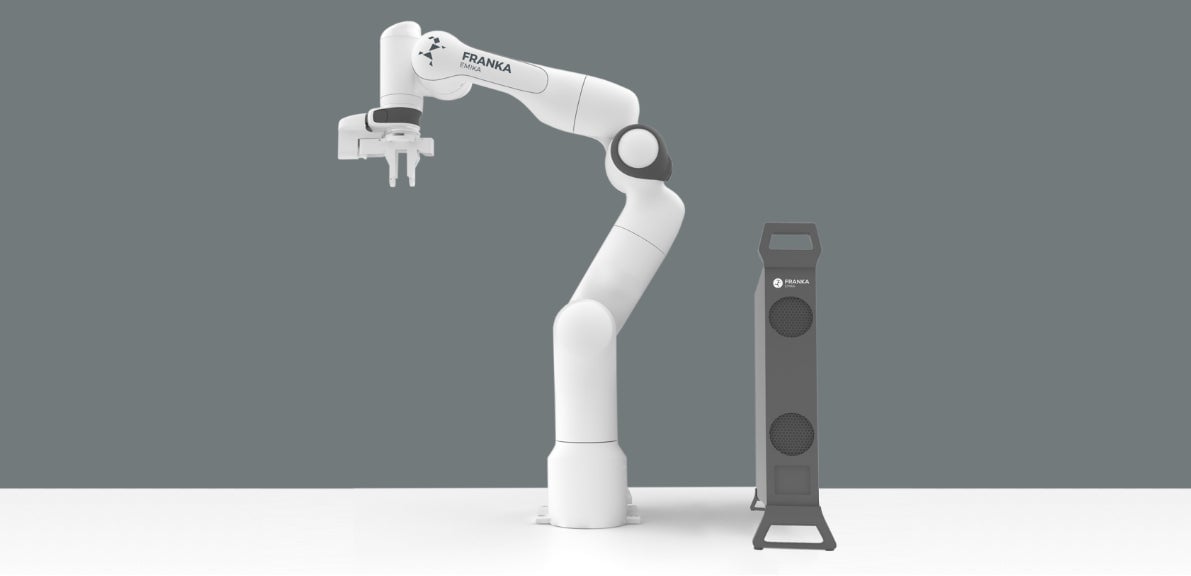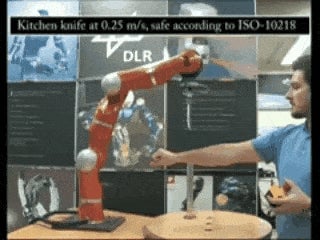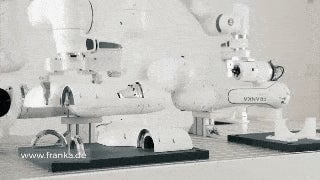The $10,500 robot arm that can build its coworkers
Industrial robot arms are expensive, and come with a long list of caveats including concerns over whether they can work safely alongside humans.


Industrial robot arms are expensive, and come with a long list of caveats including concerns over whether they can work safely alongside humans.
Franka Emika, a new product coming in 2017 to the burgeoning field of collaborative robots, is a robot arm pitched to be easily programmable out of the box, unable to kill anyone, and capable of building more copies of itself. It is also set to vastly undercut its competition on price, costing about $10,500 (€9,900). Competitors start around $30,000.
The robot is safe because it’s torque-controlled, according to IEEE Spectrum, which means that it uses sensors to measure strain on its seven joints. The safety feature works because the software controlling the arm contains a comprehensive model of how the robot should move, and how much natural strain the joints should feel. If the measured strain deviates from what the model says it should be, the arm immediately stops. Factory robots today largely don’t have this functionality, meaning they wouldn’t know if there crushing the human next to them. For this reason, many factory robots work in cages.

Sami Haddadin, creator of the Franka Emika, is known for demonstrating his proposed safety features on himself. In 2010, the inventor programmed a knife-wielding robot to stab him, knowing it would stop once it felt the pressure of his flesh.
Franka’s most impressive party trick is building its coworkers. A video introducing the robot shows two of the arms working together to build a third Franka.

About 80% of production done on the Franka Emika production floor is done by the robots themselves, according to IEEE Spectrum, and Haddadin envisions mobile robot factories producing more arms as they travel around the world.
And that’s not a scary thought at all.